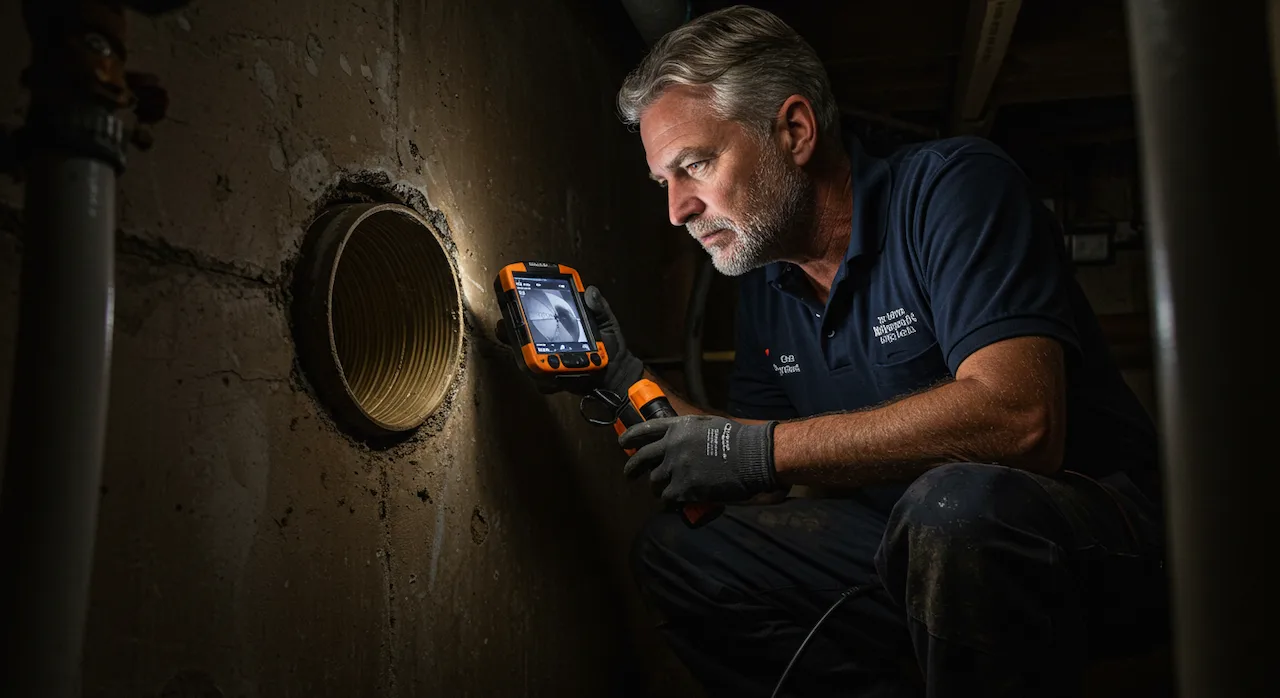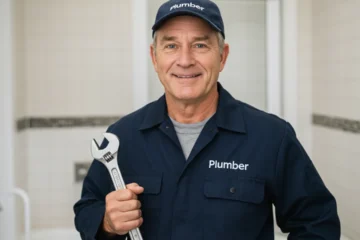Are you experiencing issues with your plumbing system? Have you noticed strange smells or slow drainage in your home? These could be signs that your sewer line needs to be replaced. Sewer line problems can be a major headache for homeowners, but knowing the signs of a failing sewer line can help you address the issue before it becomes a costly repair.
In this article, we will discuss five signs that indicate you may need a sewer line replacement, as well as provide valuable insights and tips to help you navigate this challenging situation.
5 Signs You Need a Sewer Line Replacement
Your sewer line plays a crucial role in your home’s plumbing system, carrying wastewater away from your property and into the municipal sewer system. Over time, sewer lines can deteriorate due to age, tree root intrusion, ground shifting, or other factors, leading to leaks, clogs, and backups. Recognizing the signs of a failing sewer line is essential to prevent further damage to your property and ensure the health and safety of your family.
If you are experiencing any of the following issues, it may be time to consider a sewer line replacement:
Slow Drains
Are your sinks, showers, or toilets draining slowly? This could be a sign of a clog or blockage in your sewer line. As debris builds up in the pipe, water may have difficulty flowing through, resulting in slow drainage. If multiple drains in your home are slow, it may indicate a more significant issue with your sewer line that requires professional attention.
Foul Odors
Do you notice foul odors coming from your drains or yard? Sewer gas has a distinct, unpleasant smell that can indicate a leak or break in your sewer line. If you detect a strong sewage odor in or around your home, it is essential to address the issue promptly to prevent further damage and potential health hazards.
Backups and Overflows
Have you experienced sewage backups in your home or yard? Backups in multiple drains or toilets can be a clear indication of a sewer line problem. Sewage backups pose a significant health risk and should be addressed immediately by a professional plumber. Ignoring backups can lead to water damage, mold growth, and contamination of your living space.
Lush Patches of Grass
Do you notice unusually lush patches of grass in your yard, particularly near where your sewer line runs? This could be a sign of a leak in your sewer line that is providing extra moisture and nutrients to the grass. While a green lawn is desirable, an abnormally green or soggy area could indicate a sewer line issue that requires attention.
Cracks in Foundation
Have you noticed cracks in your home’s foundation or walls? A damaged sewer line can cause soil to shift or settle, leading to structural damage to your property. If you observe cracks or gaps in your foundation, especially in conjunction with other signs of sewer line issues, it is crucial to have your sewer line inspected for potential damage.
What to Do If You Notice These Signs
If you’re experiencing one or more of these symptoms, it’s crucial to act quickly. Here’s what you should do:
✅ Call a professional plumber – They can inspect the sewer line using a camera inspection.
✅ Avoid using chemical drain cleaners – These can worsen the problem.
✅ Shut off water if backups are severe – Prevent further damage by stopping water use until a plumber arrives.
FAQs
Sewer line damage can be caused by a variety of factors, including tree root intrusion, ground shifting, aging pipes, and clogs.
The duration of a sewer line replacement can vary depending on the extent of the damage and the complexity of the job. On average, a sewer line replacement can take anywhere from a few days to a week to complete.
While some sewer line damage is unavoidable, you can take steps to minimize the risk of issues by avoiding flushing non-biodegradable items down the toilet, scheduling regular inspections, and being mindful of what you put down your drains.
The cost of a sewer line replacement can vary depending on the length of the pipe, the extent of the damage, and the method of replacement. On average, a sewer line replacement can cost anywhere from $3,000 to $10,000 or more.
In some cases, sewer line replacement may be covered by homeowners insurance, especially if the damage is caused by a covered peril. However, it is essential to review your policy and consult with your insurance provider to determine coverage.
Conclusion
Recognizing the signs of a failing sewer line is crucial to maintaining the integrity of your home’s plumbing system and preventing costly repairs. If you are experiencing slow drains, foul odors, backups, lush patches of grass, or cracks in your foundation, it may be time to consider a sewer line replacement. By addressing these issues promptly and seeking professional help, you can ensure the health and safety of your family and protect your property from further damage. Don’t wait until it’s too late – be proactive in addressing sewer line issues to avoid potential headaches down the road.




